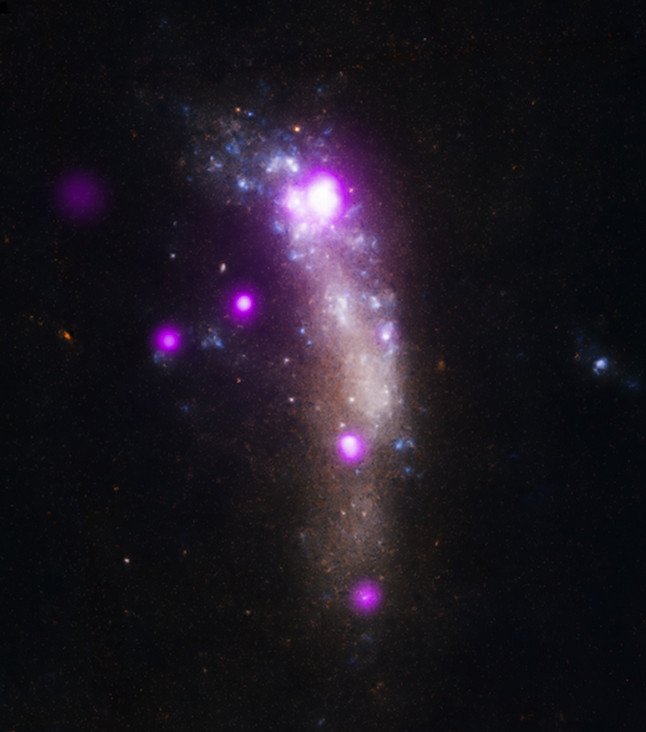CAMBRIDGE, Mass., May 15 (UPI) -- A NASA orbiting telescope has observed the first evidence of a supernova shock wave breaking through a cocoon of gas around the star, astronomers say.
The findings by the Chandra X-ray Observatory may help explain why some supernova explosions are more powerful than others, a release by the Chandra group at Harvard University reported Tuesday.















